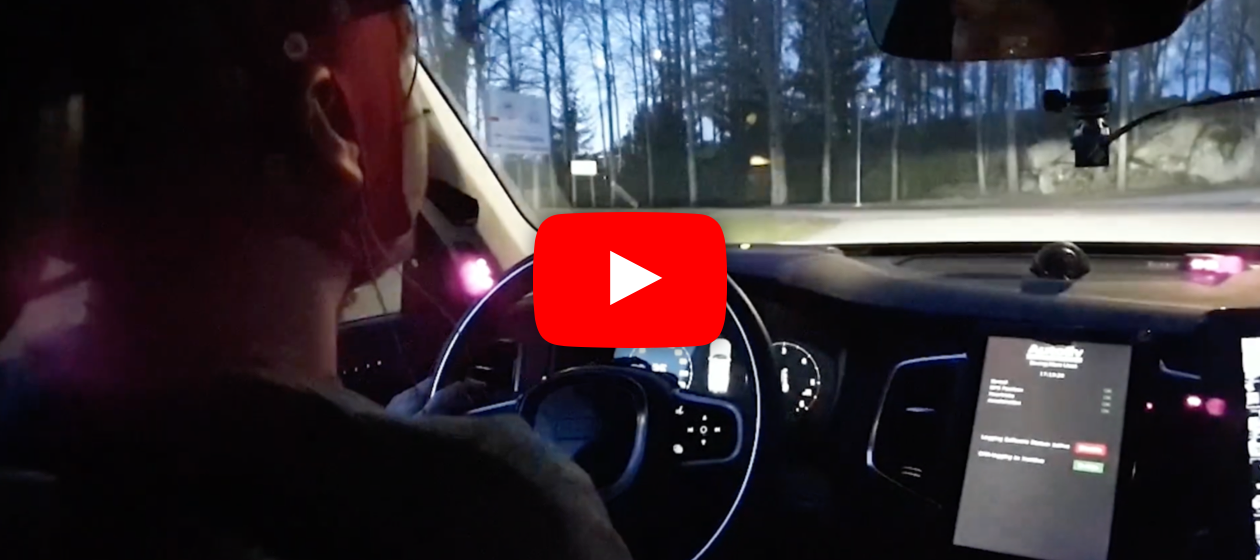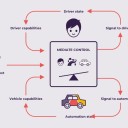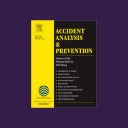Driver fatigue and especially driver sleepiness are common contributing causes of crashes. Researchers at VTI are investigating how driver sleepiness and attention are affected by partially automated driving. Watch the video, in which Anna Anund (Research Director at VTI), elaborates on this study:
A WP1-paper on driver sleepiness under L2 automated driving has just been published in Accident Analysis & Prevention: 'Effects of partially automated driving on the development of driver sleepiness'.
The objective of this study was to compare the development of sleepiness during manual driving versus level 2 partially automated driving, when driving on a motorway in Sweden. The hypothesis was that partially automated driving will lead to higher levels of fatigue due to underload. Eighty-nine drivers were included in the study using a 2 × 2 design with the conditions manual versus partially automated driving and daytime (full sleep) versus night-time (sleep deprived).
The results showed that night-time driving led to markedly increased levels of sleepiness in terms of subjective sleepiness ratings, blink durations, PERCLOS, pupil diameter and heart rate. Partially automated driving led to slightly higher subjective sleepiness ratings, longer blink durations, decreased pupil diameter, slower heart rate, and higher EEG alpha and theta activity. However, elevated levels of sleepiness mainly arose from the night-time drives when the sleep pressure was high. During daytime, when the drivers were alert, partially automated driving had little or no detrimental effects on driver fatigue. Whether the negative effects of increased sleepiness during partially automated driving can be compensated by the positive effects of lateral and longitudinal driving support needs to be investigated in further studies.



